Table of Contents
How to Naturally Treat a Burn at Home
Burns are a common occurrence in our daily lives, ranging from minor kitchen accidents to more severe incidents. While seeking medical attention is crucial for severe burns, minor burns can often be effectively treated at home using natural remedies. In this comprehensive guide, we will explore various methods and home remedies to naturally treat burns, ensuring quick relief, soothing, and optimal healing. Remember, always prioritize safety and consult a medical professional for severe burns or if you are unsure about the seriousness of the injury.
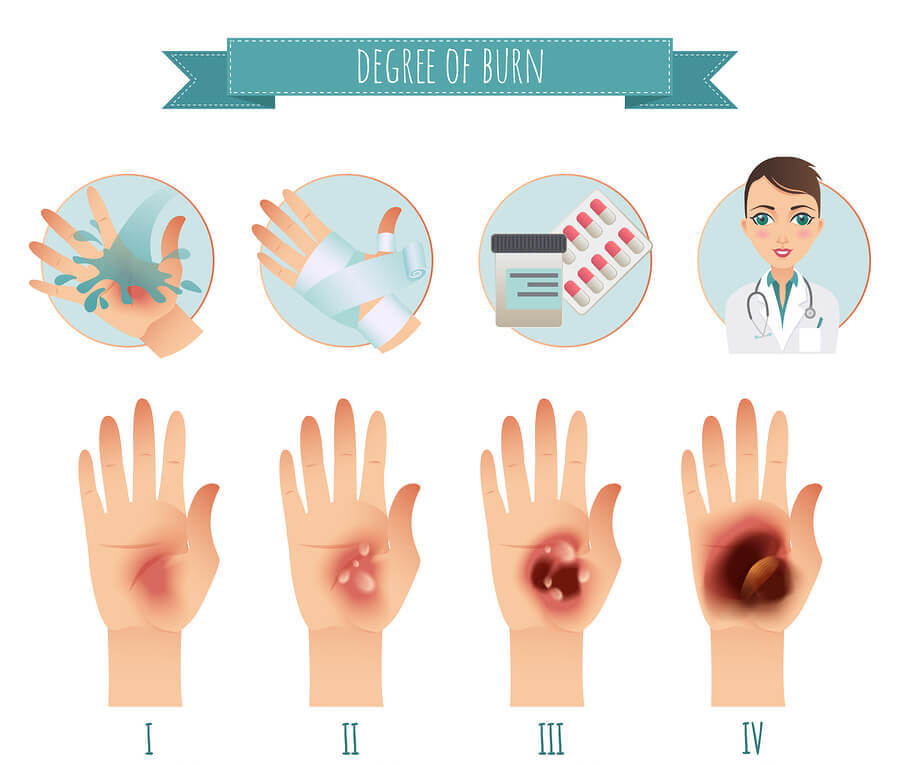
Understanding the Different Types of Burns:
When it comes to burns, it is important to understand the different types and their characteristics. By identifying the severity of a burn, appropriate treatment and care can be administered. Here are the three main types of burns:
First-Degree Burns
First-degree burns are considered the mildest form of burns. They affect the outermost layer of the skin, known as the epidermis. Symptoms of first-degree burns include redness, pain, and slight swelling. Typically, these burns do not cause blistering or significant damage to deeper layers of the skin. Sunburns are a common example of first-degree burns.
Second-Degree Burns
Second-degree burns are more severe than first-degree burns, as they penetrate beyond the outer layer of the skin and extend into the underlying layer, known as the dermis. These burns are characterized by intense pain, redness, swelling, and the formation of blisters. The blisters may be filled with clear fluid or a combination of clear and blood-tinged fluid. Second-degree burns can result from contact with hot objects, scalding liquids, flames, or chemicals.
Third-Degree Burns
Third-degree burns are the most severe type of burn and involve damage to all layers of the skin, including the epidermis, dermis, and subcutaneous tissue. These burns often result in white or blackened, charred skin. Unlike first- and second-degree burns, third-degree burns may not be painful initially due to nerve damage.
However, surrounding areas of the burn may still experience pain. Third-degree burns require immediate medical attention, as they can cause permanent tissue damage and may even be life-threatening. These burns can occur from prolonged exposure to flames, hot surfaces, or chemicals.
First Steps to Take After a Burn
When you or someone around you sustains a burn, it is crucial to follow these initial steps before applying any home remedies:
Remove the source of heat or flames
The first and foremost step is to remove yourself or the affected person from the source of the burn. This could involve moving away from a hot surface, extinguishing flames, or stopping contact with a chemical substance.
Cool the burn with cold water
Once the source of the burn has been eliminated, it is important to cool the affected area as quickly as possible. Hold the burned area under cool running water for at least 10-15 minutes. This helps in reducing the heat from the burn and prevents further tissue damage. Avoid using ice or very cold water directly on the burn, as extreme temperatures can cause additional harm.
Gently clean the burn
After the burn has been cooled, it is necessary to clean the area surrounding the burn. Use mild soap and lukewarm water to gently cleanse the skin. Be cautious not to scrub the burn, as it can cause further irritation or damage. Avoid using harsh chemicals or disinfectants, as they may delay the healing process or worsen the condition.
Avoid popping blisters
In the case of second-degree burns that result in blisters, it is important to resist the urge to pop them. Blisters serve as a natural protective barrier against infection. Popping the blisters can expose the underlying layers of skin, increasing the risk of infection and delaying the healing process. Instead, leave the blisters intact and allow them to heal on their own.
Cover the burn
Once the burn has been cleaned and dried, it is essential to cover it with a sterile, non-stick bandage or a clean cloth. This provides a protective layer that helps prevent contamination and keeps the burn clean. Avoid using adhesive bandages directly on the burn, as they may stick to the wound and cause further damage upon removal. Ensure that the covering is loose enough to allow for air circulation and avoid wrapping it too tightly, as it may restrict blood flow.

Natural Home Remedies for Treating Burns
When it comes to treating minor burns at home, several natural remedies can provide relief, reduce inflammation, and promote healing. Here are the detailed descriptions of these effective home remedies:
Cold Water
Cooling the burn immediately is crucial for minimizing damage and soothing the affected area. Hold the burn under cool, running water for 10-15 minutes. The cold water helps in reducing pain, heat, and inflammation. Ensure that the water is not too cold, as extreme temperatures can further aggravate the burn.
Aloe Vera
Aloe vera is a well-known remedy for burns due to its remarkable healing properties. It contains anti-inflammatory, analgesic, and moisturizing components that aid in pain relief, reducing redness, and promoting skin regeneration. Extract pure gel from an aloe vera plant and apply it directly to the burn. Alternatively, you can use over-the-counter aloe vera gel for convenience.
Honey
Raw honey possesses natural antibacterial properties and is effective in accelerating wound healing. Gently apply a thin layer of honey to the burn and cover it with a sterile dressing. Replace the dressing and reapply honey every 24 hours until the burn heals. The honey creates a protective barrier, prevents infection, and promotes the growth of healthy tissue.
Coconut Oil
Extra-virgin coconut oil is rich in lauric acid, which exhibits antimicrobial and anti-inflammatory properties. It helps in moisturizing the skin, preventing infection, and aiding the healing process. Gently apply a thin layer of coconut oil to the burn. Repeat the application as needed to keep the burn moisturized and promote healing.
Tea Bags
Both black and green tea bags contain tannins, which have soothing properties that can help alleviate burns. Brew a tea bag and allow it to cool. Gently place the cooled tea bag on the burn for 15-20 minutes. The tannins in the tea help in relieving pain and reducing inflammation.
Turmeric
Turmeric possesses potent anti-inflammatory and antimicrobial properties that aid in the healing of burns. Mix turmeric powder with enough water to form a paste. Gently apply the paste to the burn and cover it with a clean cloth or bandage. Leave it on for several hours to allow the turmeric to work its healing magic. Repeat this process daily until the burn heals.
Lavender Essential Oil
Lavender essential oil is known for its calming and healing properties. Dilute a few drops of lavender essential oil in a carrier oil such as coconut oil or olive oil. Apply the mixture gently to the burn for relief and to promote healing. Lavender oil also provides a pleasant aroma, which can help relax and calm the affected individual.
Potato
Potatoes have natural cooling and anti-inflammatory properties, making them beneficial for burns. Grate a raw potato and apply the pulp directly to the burn. Alternatively, wrap the grated potato in a clean cloth and place it on the affected area. This helps alleviate pain and reduce the chances of blistering.
Apple Cider Vinegar
Apple cider vinegar has antimicrobial properties that can help prevent infections in burns. Dilute apple cider vinegar with an equal amount of water. Gently apply the solution to the burn using a clean cloth or cotton ball. Apple cider vinegar also aids in reducing pain and inflammation.
Precautions and Safety Measures
When it comes to treating burns at home, it is important to exercise caution and follow certain precautions to ensure proper healing and avoid complications. Here are some detailed precautions and safety measures to keep in mind:
Avoid applying toothpaste, butter, or oil-based remedies
While certain home remedies have been popularized, it is crucial to avoid applying toothpaste, butter, or oil-based substances to burns. These remedies can trap heat within the burn and potentially worsen the damage. Instead, opt for proven natural remedies and follow the appropriate treatment methods.
Do not break blisters
If blisters form as a result of a burn, it is important to resist the urge to break or pop them. Blisters act as a natural protective barrier against infection. Puncturing or breaking blisters can introduce bacteria and increase the risk of infection. Instead, leave the blisters intact and allow them to heal on their own. If the blister ruptures naturally, clean the area gently and cover it with a sterile dressing.
Seek medical attention for severe pain or signs of infection
While home remedies are effective for minor burns, there are situations where professional medical attention is necessary. If you experience severe pain that is not alleviated by home remedies or if the burn does not show signs of improvement within a reasonable time, it is important to seek medical assistance. Additionally, if you notice signs of infection such as increased redness, swelling, the presence of pus, or the development of a foul odor, it is crucial to consult a healthcare professional promptly.
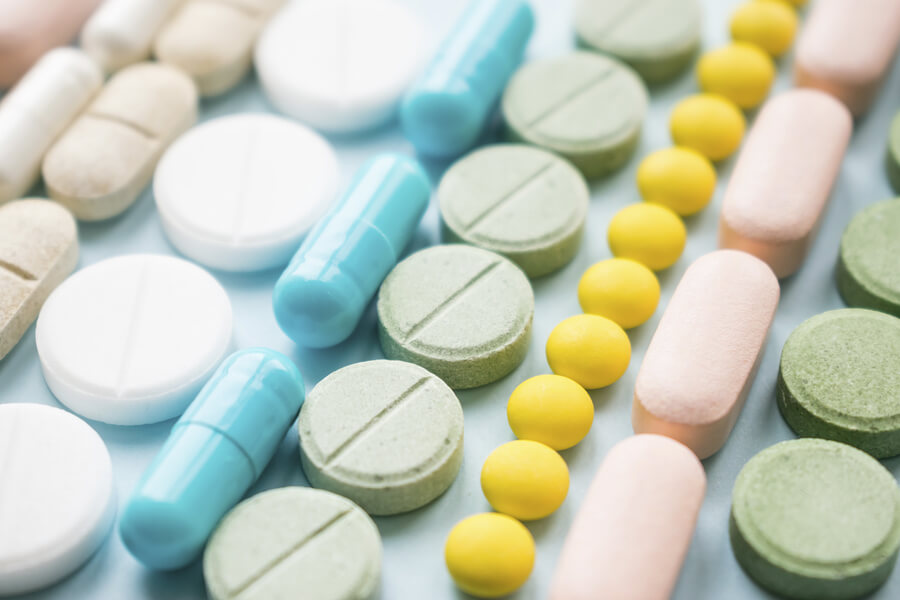
When to Seek Medical Attention
Knowing when to seek medical attention for burns is crucial to ensure proper care and prevent complications. Here are detailed situations in which it is important to seek medical assistance:
The burn is larger than three inches in diameter or affects sensitive areas
If the burn covers a large area of the body, particularly exceeding three inches in diameter, it is advisable to seek medical attention. Additionally, burns that affect sensitive areas such as the face, hands, feet, or genitals require professional evaluation and treatment.
The burn appears deep, causing white or charred skin
Deep burns that result in white or charred skin indicate a more severe injury. These types of burns, known as third-degree burns, penetrate through all layers of the skin and can cause extensive damage. Seeking immediate medical attention is crucial for proper assessment and specialized care.
The burn is from a chemical or electrical source
Burns caused by chemicals or electrical sources require immediate medical attention, regardless of their size or severity. Chemical burns can have long-lasting effects on the skin and may require specific treatments, while electrical burns can cause internal damage that may not be immediately visible.
The pain is severe and does not subside with home remedies
If the pain from the burn is severe and persists despite home remedies such as cool water or over-the-counter pain relievers, it is advisable to consult a healthcare professional. Severe pain can indicate a more serious burn or underlying complications that require medical evaluation.
Signs of infection develop
If signs of infection appear, it is important to seek medical attention promptly. These signs may include increased redness, swelling, the presence of pus or discharge, warmth around the burn, or the development of a foul odor. Infections in burns can lead to further complications and may require medical treatment, including antibiotics.
Conclusion
Treating burns naturally at home can provide quick relief and promote healing. By following the appropriate steps, utilizing natural remedies like cold water, aloe vera, honey, and coconut oil, and observing safety measures, you can effectively manage minor burns. However, it's important to consult a medical professional for severe burns or if you have any concerns about the seriousness of the injury.
Sources:
- Mayo Clinic. (2021). Burns. Retrieved from https://www.mayoclinic.org/diseases-conditions/burns/diagnosis-treatment/drc-20370545
- Medical News Today. (2019). Can you treat a burn at home? Retrieved from https://www.medicalnewstoday.com/articles/324168

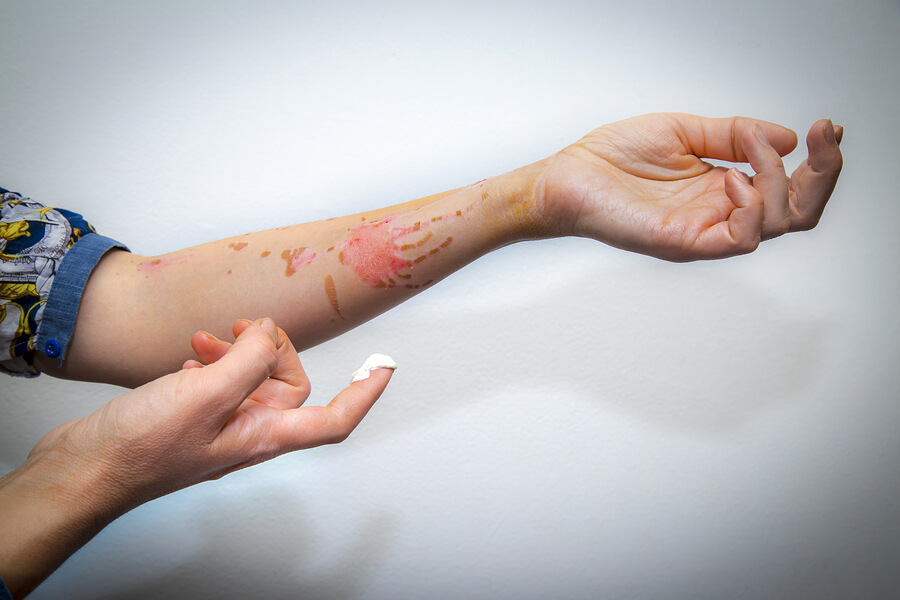
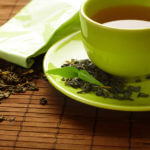
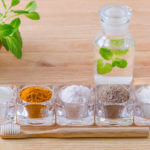
Comments
Loading…